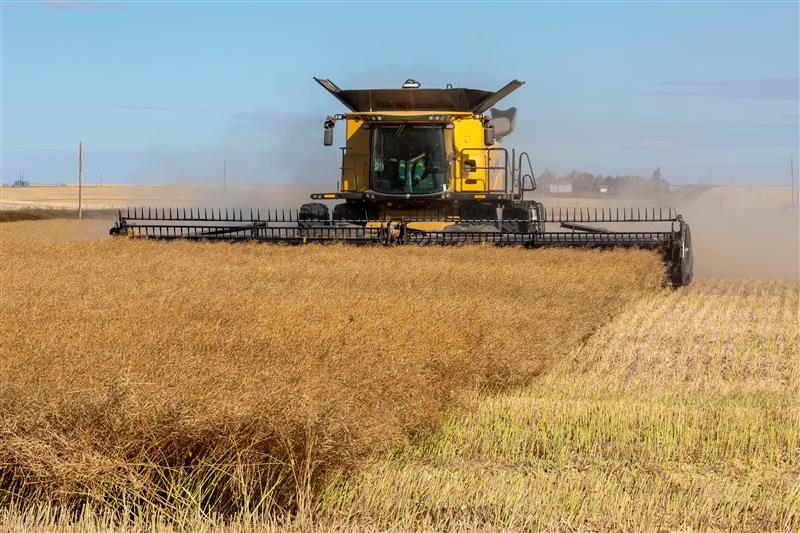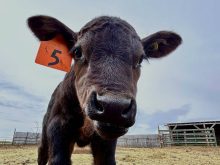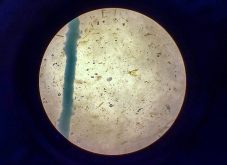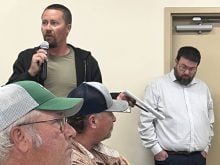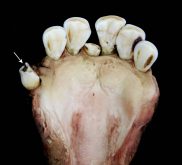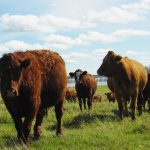CALGARY (Staff) – Assurances that the Special Places 2000 proposal has changed were received with skepticism by one of Alberta’s major livestock organizations.
Environment minister Ty Lund told the Western Stock Growers Association that Special Places was originally intended to take in about 12 percent of Alberta’s land base.
However, the proposal has been revised and the province will look for representative areas of six natural regions without specific acreages in mind. Nor will land be set aside for preservation if it interferes with current economic activity.
Read Also
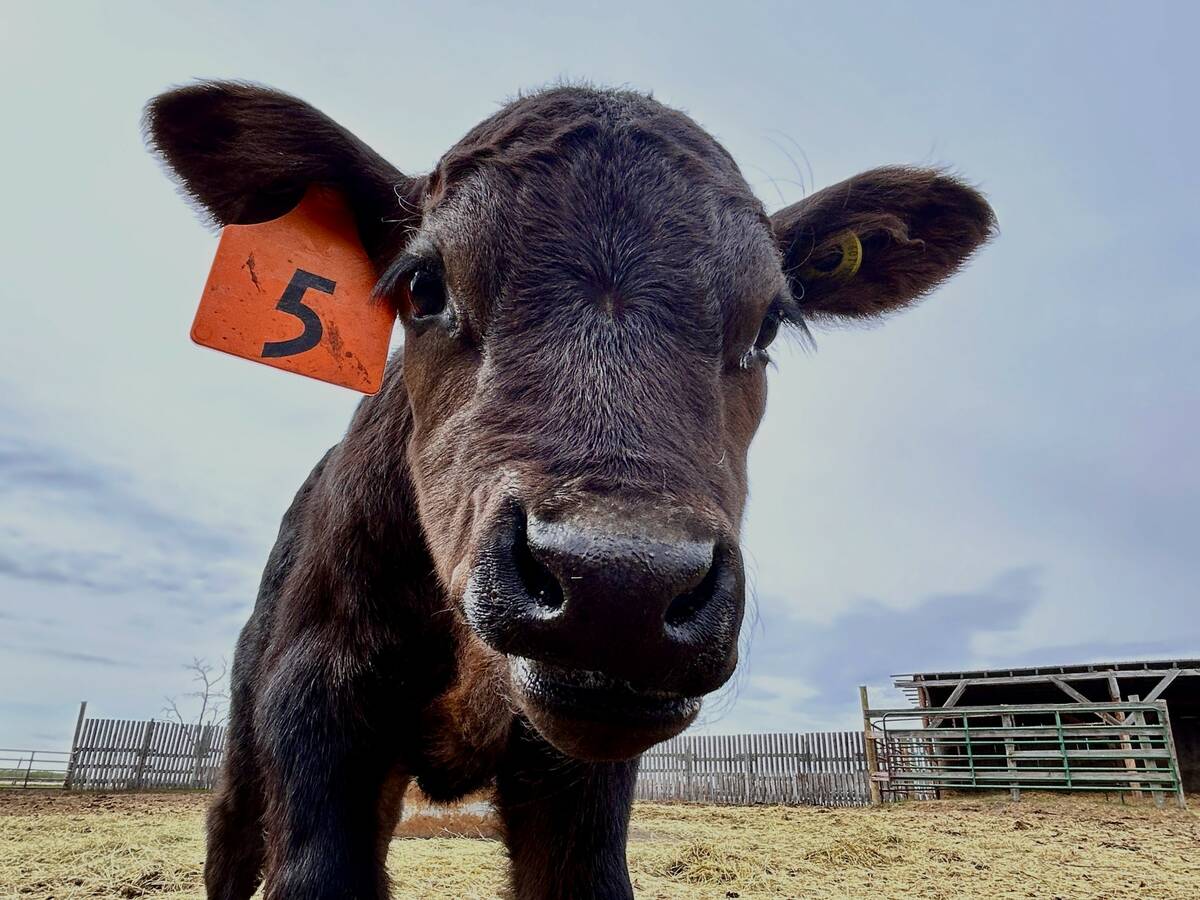
Calf hormone implants can give environmental, financial wins
Hormone implants can lead to bigger calves — reducing greenhouse gas intensity, land use intensity and giving the beef farmer more profit, Manitoba-based model suggests.
Regional views
“We are trying to gather representative samples of every one of those regions in the proposal. There is no set amount that we have targeted,” said Lund.
The president of the stock growers, Dave Foat, questioned how much protection landowners have if private property is earmarked for protection for an endangered species. He wants firm assurance from government that private land can’t be confiscated.
“I’m not comfortable with the fact that the government is going to let everyone enjoy my property,” said Foat.
Lund replied, “We will not be purchasing any lease back if there is economic development on it.”
If there is any oil and gas development, timber or ranching on a proposed site, the area could be rejected.
Stock grower vice-president Norm Ward asked about “soft property rights” and how it might affect people whose private land lies beside a protected space.
Lund said there won’t be natural corridors linking protected areas.
There will also be a 10-year review process that could reverse decisions on protected areas if serious conflicts arise over land use.
Special Places 2000 is part of a worldwide agreement signed in 1992 to preserve various samples of natural ecologies. Alberta has six natural regions and 20 subregions which merit preservation.
Any Albertan can nominate a region and it must be crown land. If anyone chooses to nominate private land, it must be their own. When an area is nominated, it goes before a provincial committee which then turns it over to a local committee. Local people examine the proposed site’s size and merit as a special place and propose a management plan.
If the local committee disagrees with the bid for protection, it has the right to veto the nomination. If it agrees to the nomination, it’s returned to the provincial committee which will seek ministerial approval for protection.

